After the Meiji Restoration of 1868, Japan's government oversaw rapid industrialization and urbanization. Citizens gained new opportunities for education and employment, and unregulated corporations flourished.
Minamata’s Fight for Justice:
How Japan’s Failed Debate and Response Sparked
Local and Global Change
Minamata
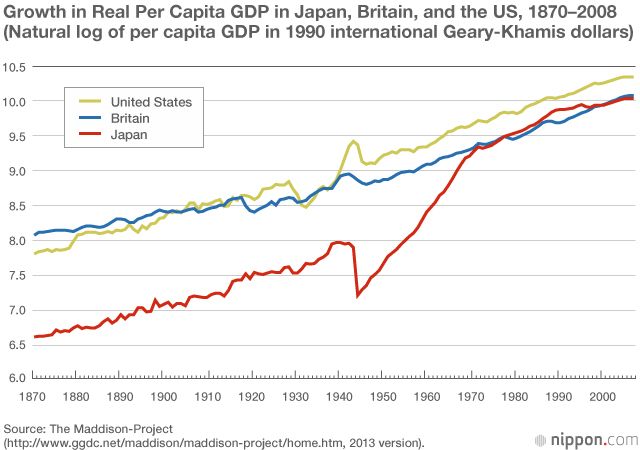
Japan's economic growth post-1868, 2013, Nippon
Minamata was founded in 1889 as a small fishing and farming village; its landscape was a lush paradise. In 1908, Nippon Nitrogen Fertilizer Corporation, later called Chisso, opened a carbide plant along Minamata Bay. A symbiotic relationship formed: the company’s growth fueled the city’s, providing jobs to thousands.
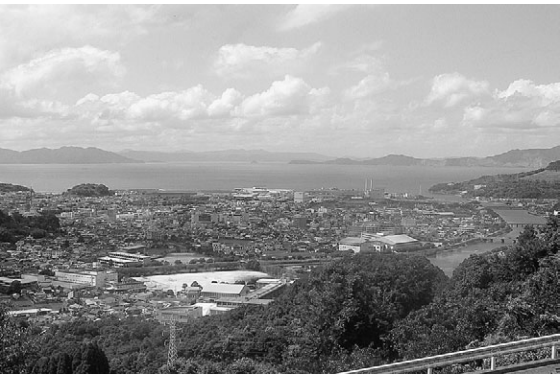
View of Central Minamata City, the Yatsushiro Sea, and the Minamata River (on right side), Japan Medical Association Journal
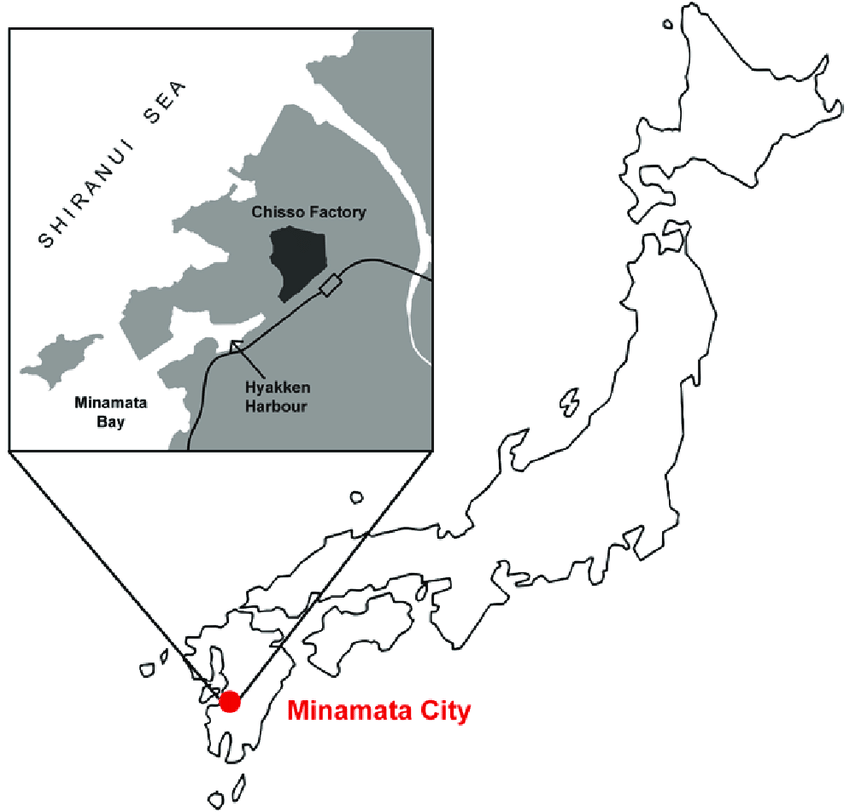
Map highlighting the location of Minamata City, 2016, Sustainability Science: Field Methods and Exercises
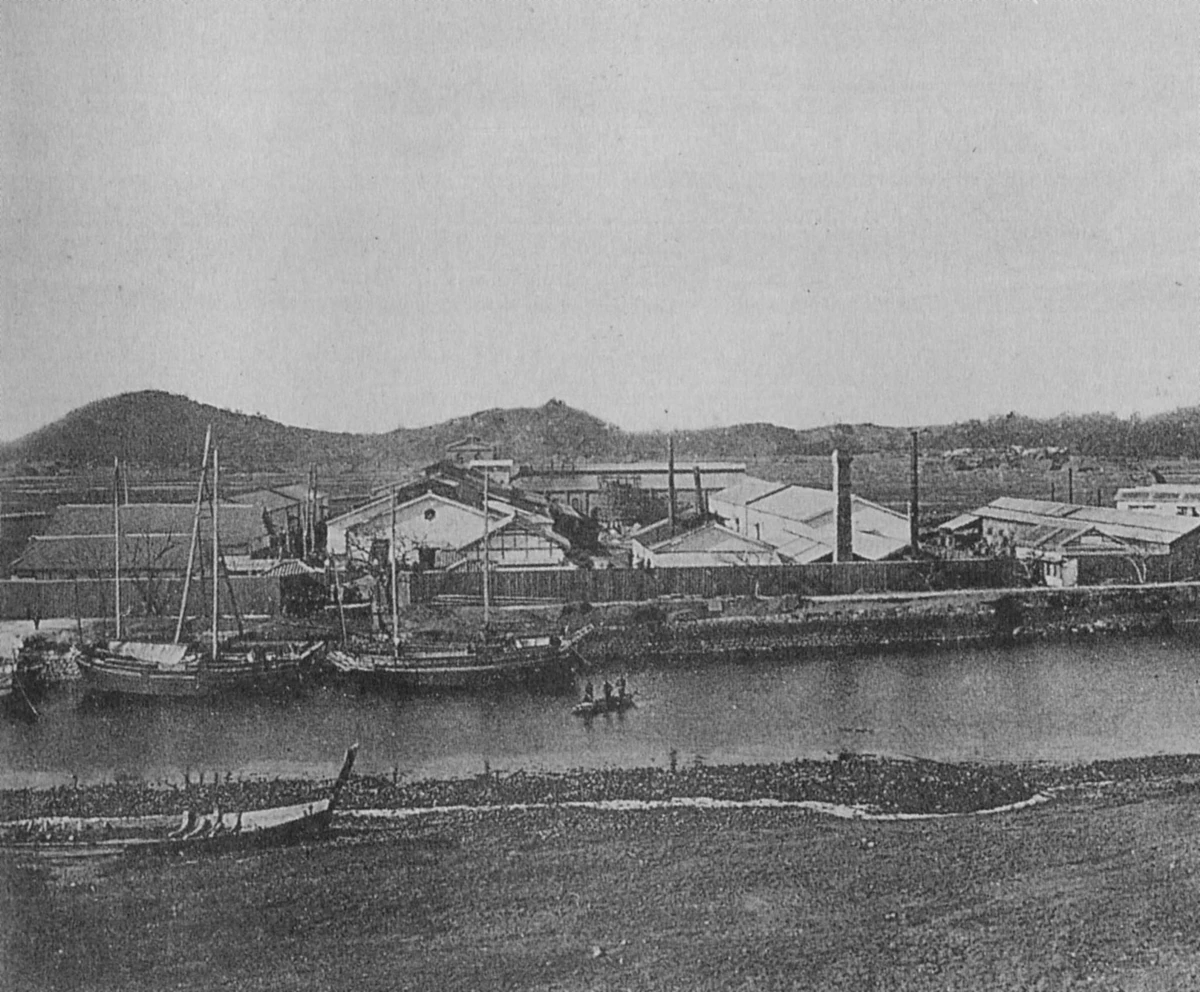
Chisso's carbide plant, Minamata Disease Museum
By 1961, “Chisso’s quota in the [Minamata City] tax revenue was 115,600,000 yen, or more than half the total…out of a total of 4,460 persons engaged in the manufacturing industry, 3,700 were either in factories to which Chisso subcontracted work, or in allied industries."
~Michiko Ishimure, Paradise in the Sea of Sorrow: Our Minamata Disease
Chisso's Pollution
Chisso began using inorganic mercury for acetaldehyde production in 1932. After production paused during World War II, the Japanese government prioritized fertilizer development, encouraging Chisso’s growth. By the 1950s, it accounted for one-third of national production. Then, when ferric sulfide became the reaction’s co-catalyst, Chisso discharged methylmercury into the river at catastrophic rates.
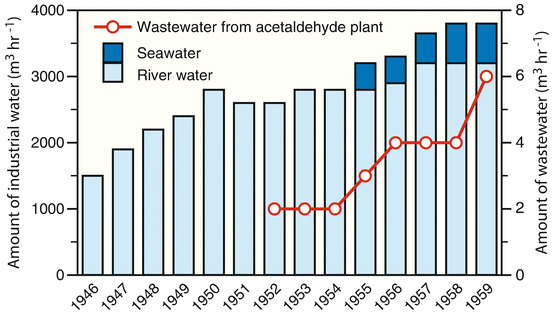
Volume of industrial water and wastewater from Chisso's acetaldehyde plant, 2018, Mercury Pollution in Minamata
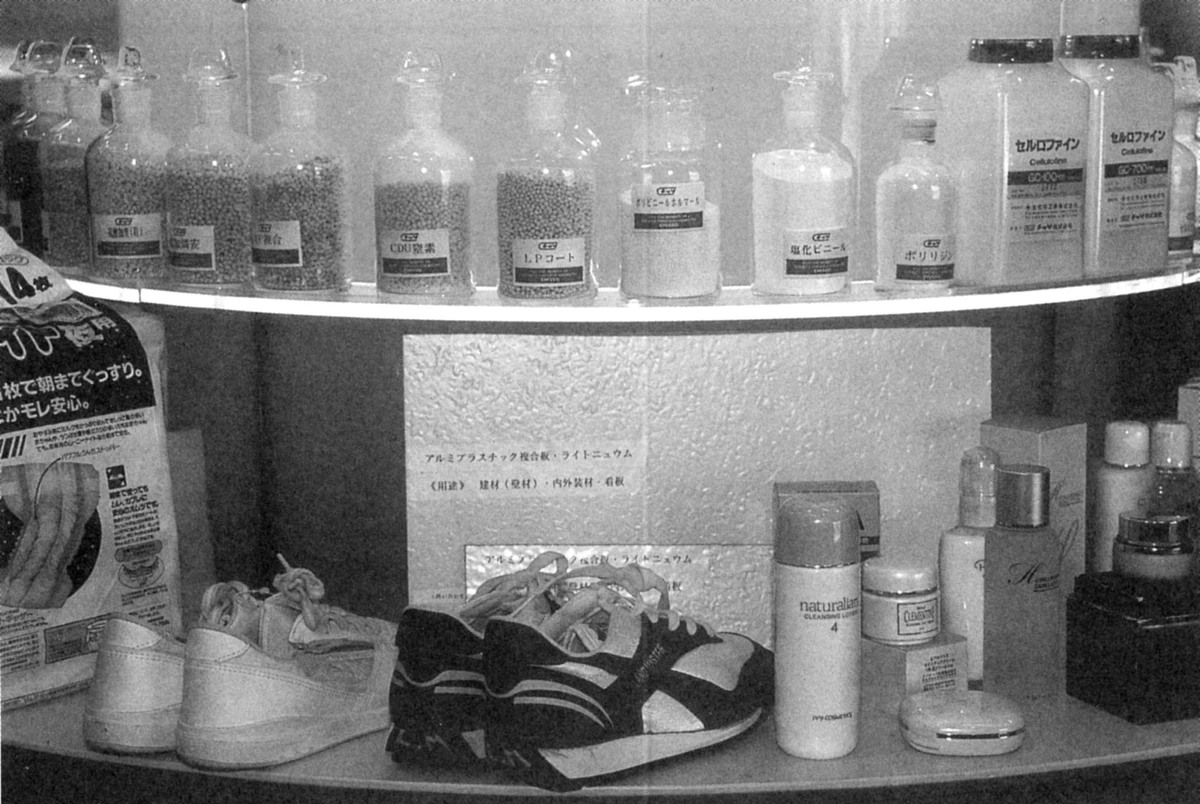
Preservatives, fertilizers, liquid crystals, and other Chisso products, Minamata Disease Museum
Few laws addressed chemical waste; the 1949 Tokyo Prefectural Ordinance for Factory Pollution Control was the first of its kind. Conflicts between the Minamata Fisheries Cooperative Association (MFCA) and Chisso transpired in the 1940s-1950s as fishing activity decreased due to water pollution.
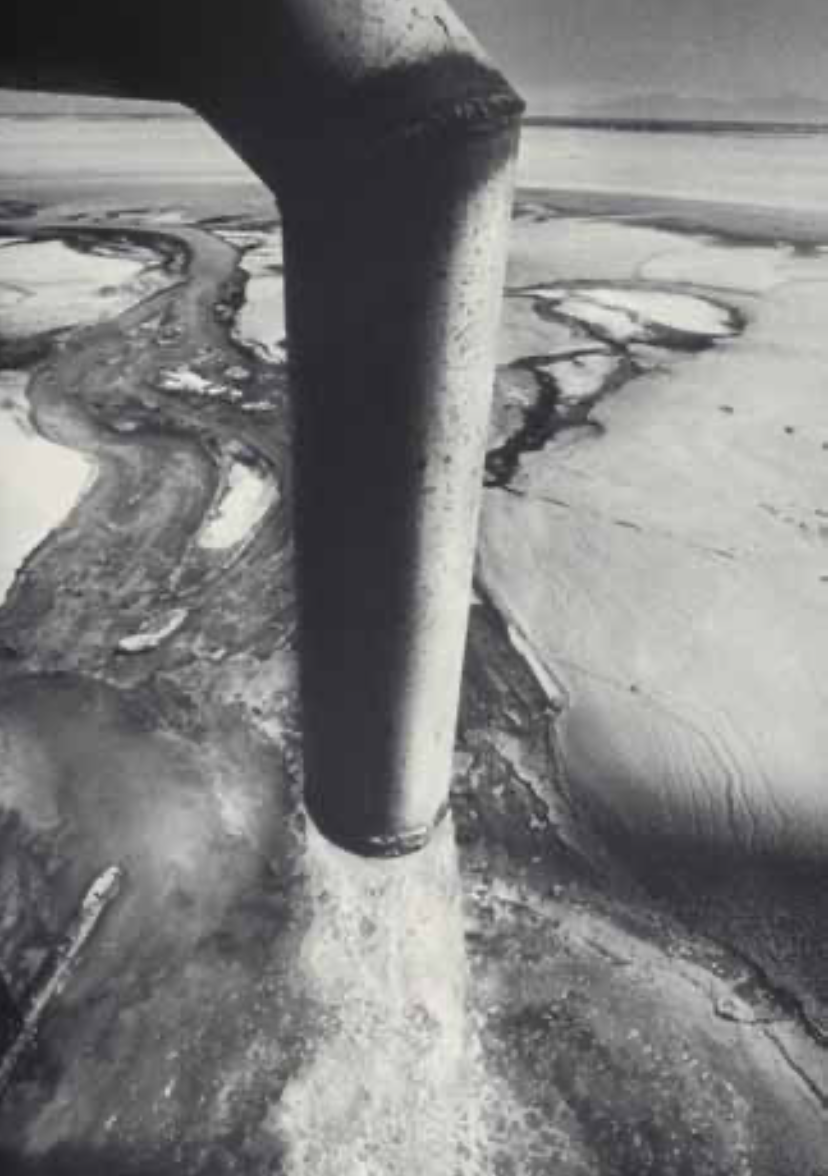
Wastewater from Chisso's factory entering Minamata Bay, circa 1972, Minamata Disease: A Challenge for Democracy and Justice
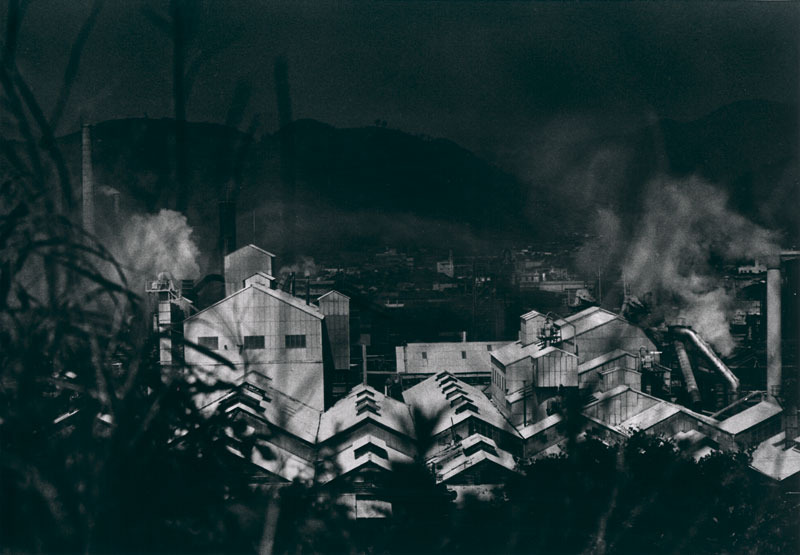
Chisso plant at Minamata, The Asia-Pacific Journal
“We began to fish secretly in Hyakken Harbor...The fish had disappeared from our fishing grounds; we had to poach if we wanted to survive. The water in Hyakken, too, was filthy and stinking like hell, but, at least, we could catch some fish. By that time the Minamata fishermen had already stopped fishing there."
~Fishermen from Tsunagi on the early 1950s, Paradise in the Sea of Sorrow: Our Minamata Disease